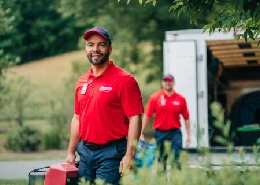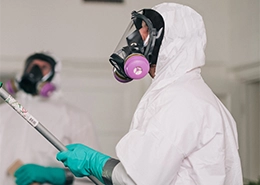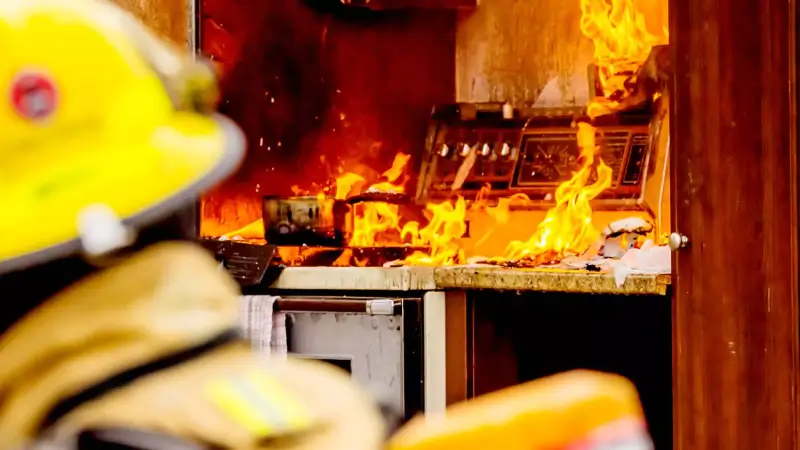Weather conditions play a significant role in the restoration efforts for fire and smoke damage. Fortunately, the environmental conditions in Greater Tucson are favorable for the restoration process most of the year. Average monthly rainfall is around one inch or less for three-quarters of the year. The only time when there is significant rainfall is between July and October. This is locally known as monsoon season. A monsoon during the restoration process can severely impact the job site and result in further damage.
While Greater Tucson’s low rainfall is beneficial for the restoration process, the dry climate encourages fire damage. The area is not very verdant, and brush and timber in and around Tucson are often dry. Recent extreme droughts have worsened this condition. Dry plant life combusts easily, and if high winds are present, fire can spread quickly. Thus, wildfires pose a serious threat to life and property and are the main cause of fire and smoke damage in Greater Tucson.
Tucson’s high temperatures also cause significant concern for smoke and fire damage recovery efforts. Fire-damaged properties are at great risk of catching fire once again, and during hot, windy, arid months, are at especially high risk.
During the restoration, it’s critical that professionals do their utmost not to reignite a fire. They must pay close attention to any electrical damage caused by the fire and ensure that a short circuit or other electrical issue does not start an electrical fire. It’s also important that any restoration experts who smoke do so far away from the building they are repairing as a loose piece of hot ash can easily ignite dry building materials.






.webp)

.webp)